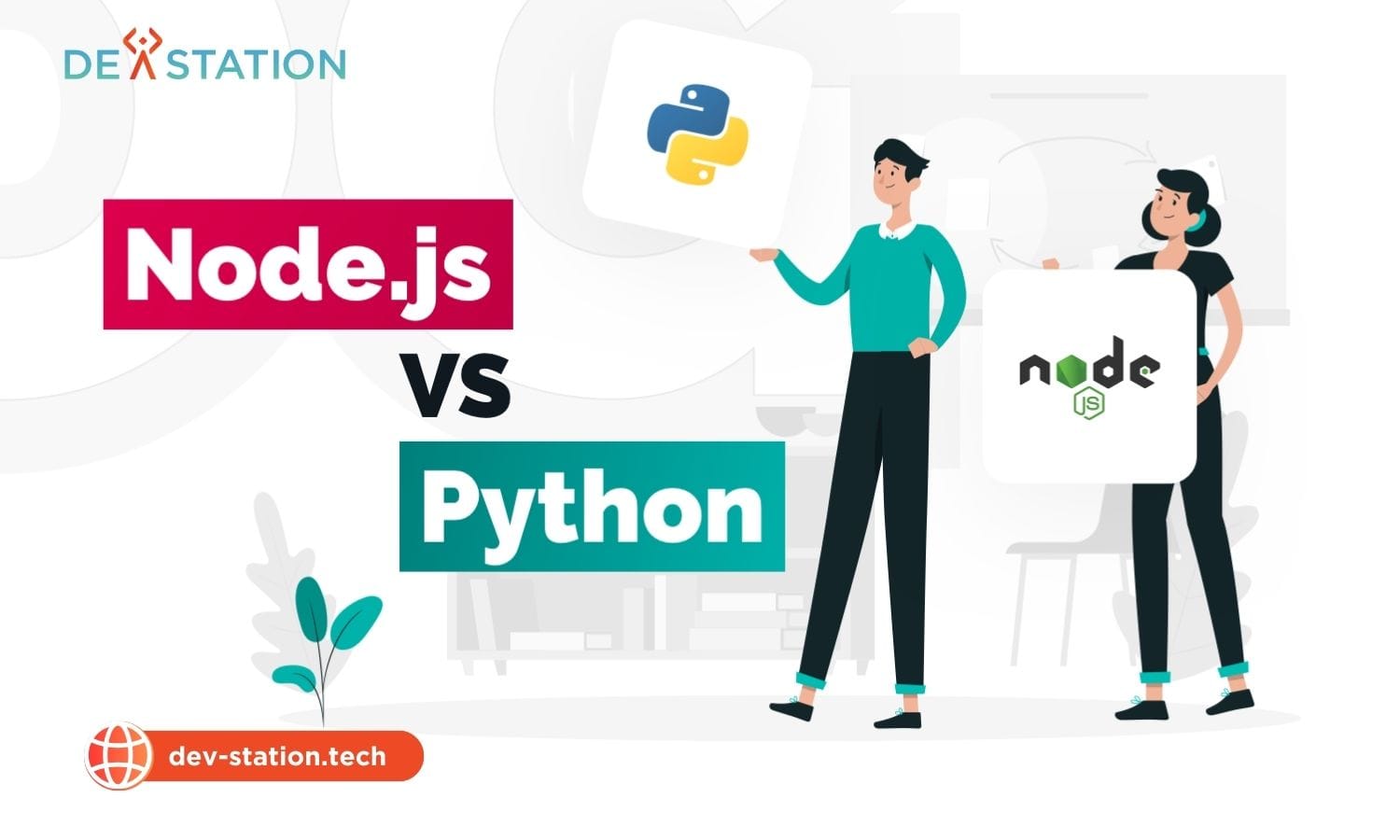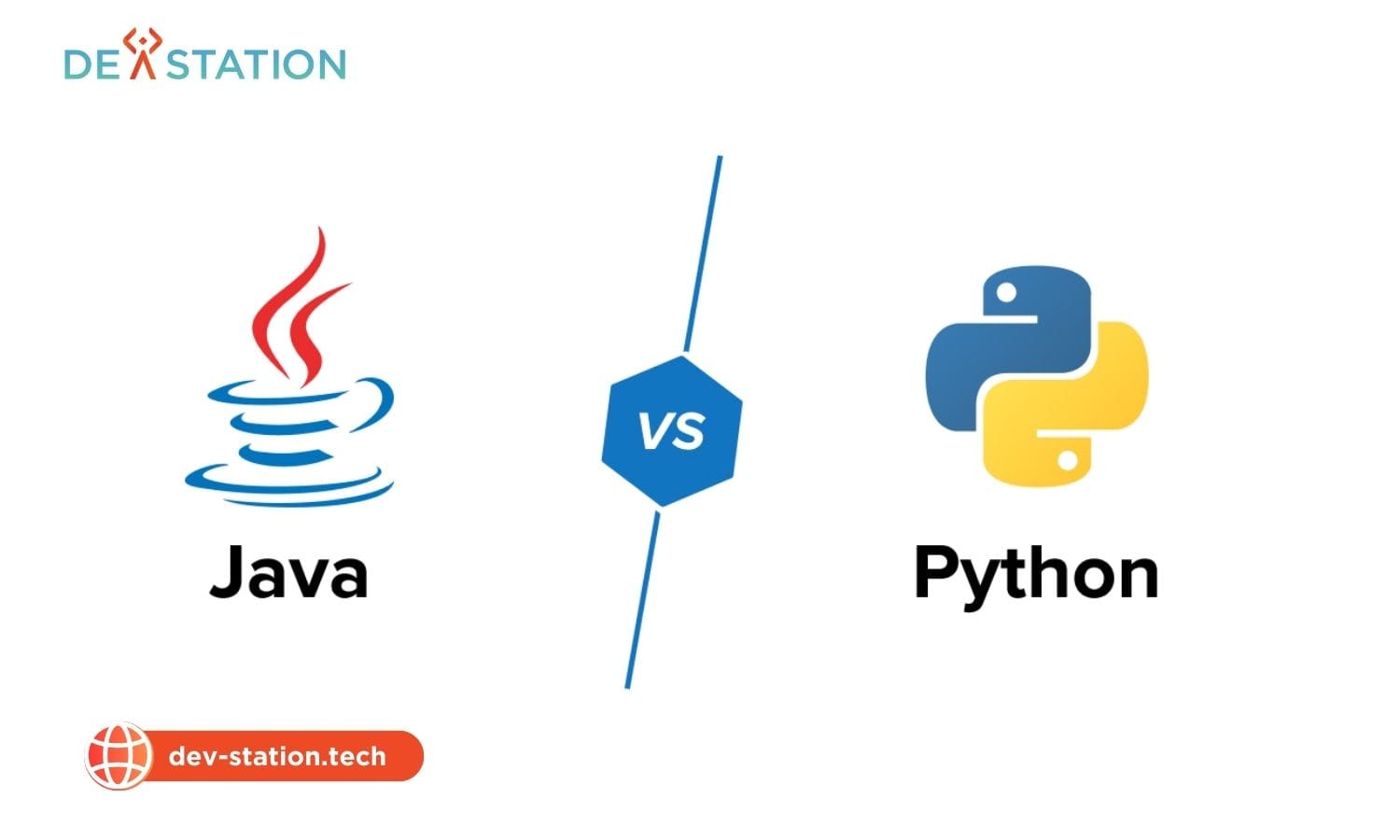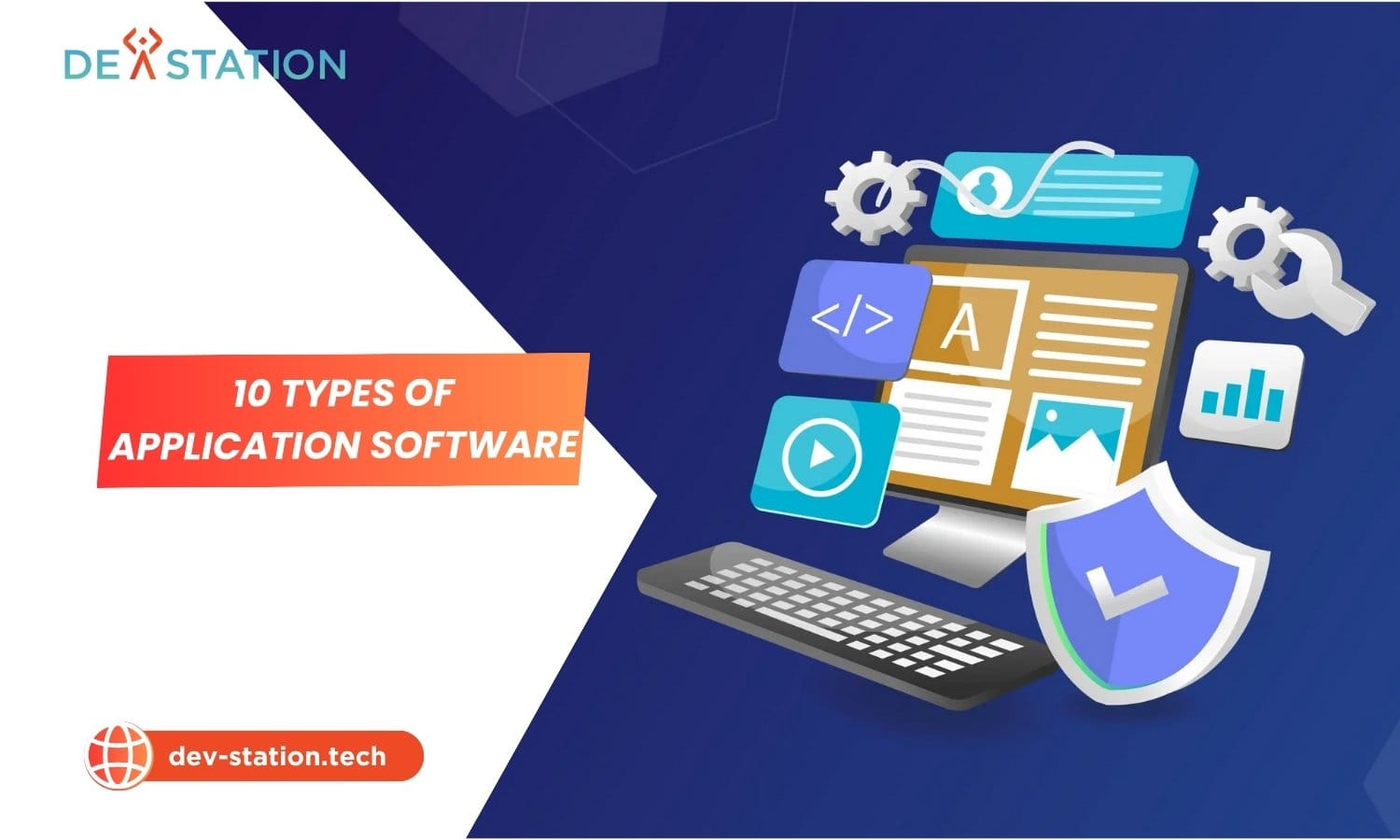Businesses today face intense pressure to adopt cutting-edge technology. With over 63,000 artificial intelligence specialist roles unfilled in the EU and 52,000 in the U.S., talent shortages slow progress. Partnering with external experts offers a proven path to accelerate growth without compromising quality.
Recent data reveals 75% of companies now integrate intelligence-driven solutions into their workflows. Yet building internal teams requires time and resources many lack. Specialized partners provide immediate access to technical skills, reducing delays in project execution.
Cost efficiency remains critical. Outsourcing development allows organizations to focus budgets on core operations while leveraging global expertise. This approach minimizes risks linked to untested strategies and keeps innovation timelines aggressive.
This article explores how strategic collaboration bridges skill gaps, shares actionable insights from industry research, and outlines steps to implement scalable solutions. Discover how aligning with experienced professionals transforms complex challenges into competitive advantages.
Contents
ToggleUnderstanding the Need for AI Outsourcing
The surge in demand for specialized skills is reshaping how companies approach technology projects. Organizations face dual pressures: delivering advanced solutions quickly while navigating a shrinking pool of qualified professionals. This collision of talent scarcity and market urgency creates strategic crossroads for growth-focused businesses.
Talent Shortages and Rising Demand
LinkedIn data shows EU vacancies for machine learning roles jumped from 12,000 to 63,000 between 2021-2023. In the U.S., Indeed reports similar gaps, with 52,000 unfilled positions requiring expertise in neural networks and predictive analytics. Hiring timelines now stretch to 6-9 months for critical roles, delaying project launches by 34% on average.
| Region | 2021 Openings | 2023 Openings | Growth |
|---|---|---|---|
| European Union | 12,000 | 63,000 | 425% |
| United States | 38,000 | 52,000 | 37% |
| Global Average | 21,000 | 47,000 | 124% |
Market Growth and Competitive Pressure
Statista projects the global machine learning market will reach $209 billion by 2029, growing at 27% annually. Companies racing to deploy intelligent systems face 18-month disadvantages if they rely solely on internal hiring. Third-party partnerships provide immediate access to vetted teams, cutting software development cycles by 40-60% in competitive sectors.
This rapid evolution forces businesses to choose: build costly in-house capabilities or leverage external expertise. The latter approach reduces risks while aligning solutions with market-ready timelines.
Benefits of Outsource AI Model Development
Third-party collaborations unlock capabilities that internal teams often struggle to achieve. A 2023 Accenture study found companies using specialized partners deploy intelligent systems 58% faster than those relying solely on in-house talent. This acceleration stems from immediate access to battle-tested workflows and niche skills.

Access to Specialized Expertise
Seasoned vendors bring pre-trained neural networks and industry-specific frameworks to the table. One global retailer reduced product recommendation errors by 41% using a partner’s proprietary data annotation tools. These resources often exceed what individual hires can deliver within standard project timelines.
Consider these advantages:
- Prebuilt pipelines for natural language processing
- Cross-industry insights from diverse client portfolios
- Scalable cloud infrastructure for complex computations
Accenture’s research highlights a telecom firm that slashed model training costs by 63% through vendor partnerships. The collaboration provided access to optimized TensorFlow implementations and GPU clusters – resources too costly for solo development.
Specialized teams also mitigate risks through rigorous validation protocols. As one tech leader noted: “Our partner’s fraud detection models achieved 92% accuracy in weeks, not months.” This reliability proves critical when scaling solutions across business units.
How to Outsource AI Model Development for Maximum ROI
Strategic collaboration accelerates innovation cycles while preserving resources. Accenture’s Tech Vision 2025 reveals organizations using external partners achieve 58% faster deployment of intelligent systems compared to in-house efforts. This approach transforms complex initiatives into measurable outcomes through structured workflows.
Speed and Efficiency Gains
Streamlined processes cut time-to-market by eliminating redundant tasks. A healthcare provider reduced diagnostic tool deployment from 14 months to 8 by leveraging pre-trained neural networks and agile methodologies. Key steps include:
- Discovery workshops to align objectives
- Rapid prototyping with existing frameworks
- Continuous testing using automated pipelines
One tech leader noted: “Our vendor delivered a fraud detection solution in 11 weeks – half our internal estimate.” Measurable milestones like prototype approval and validation checkpoints ensure projects stay on track.
Cost Optimization Strategies
Phased budgeting prevents overspending while maintaining quality. A logistics company slashed expenses by 38% using shared cloud infrastructure and reusable code libraries. Effective tactics include:
- Negotiating pay-per-use pricing models
- Repurposing open-source tools for custom needs
- Implementing performance-based vendor contracts
These methods reduce upfront investments while scaling capabilities as needs evolve. Partners with cross-industry experience often identify cost-saving opportunities internal teams might overlook.
Key Considerations When Choosing an AI Outsourcing Partner
Selecting the right collaborator for intelligent system projects demands careful analysis of technical skills and operational safeguards. Vendors must demonstrate proven expertise while aligning with your organization’s goals. Below are critical factors to streamline decision-making.
Evaluating Technical Competence and Portfolio
Reviewing a vendor’s technical stack separates contenders from pretenders. Look for proficiency in Python frameworks like TensorFlow or PyTorch, along with cloud platforms such as AWS SageMaker. Case studies showing real-world applications in your industry matter more than generic claims.
| Evaluation Criteria | Strong Indicators | Red Flags |
|---|---|---|
| Technical Stack | Modern tools (e.g., Kubernetes, Spark) | Outdated software versions |
| Portfolio Depth | Industry-specific success stories | Vague project descriptions |
| Certifications | Azure AI Engineer or AWS Certified | No verifiable credentials |
One financial services firm avoided delays by requiring vendors to replicate a fraud detection prototype during evaluations. This hands-on test revealed true capabilities beyond marketing materials.
Assessing Project Readiness and Risk Mitigation
Successful collaborations start with clear requirements and infrastructure audits. Ensure your data pipelines meet quality standards – incomplete datasets derail 42% of machine learning initiatives. Partners should propose contingency plans for common issues like biased training data.
Key risk reduction tactics include phased rollouts and third-party validation checkpoints. A healthcare provider reduced deployment errors by 67% using staged testing environments. Document every agreement, from data ownership terms to scalability benchmarks.
Leveraging Offshore Teams for AI Innovation
Global talent pools offer companies new pathways to scale technical projects efficiently. Regions like India, Vietnam, and the Philippines provide cost-effective access to skilled professionals in machine learning and data science. These partnerships enable businesses to accelerate timelines while maintaining rigorous quality standards.
Pros and Cons of Offshore Development
Building teams across borders delivers measurable financial benefits. A telecom company reduced operational costs by 40% using engineers in Bangalore while deploying predictive analytics tools 30% faster than competitors. Key advantages include:
- Access to 24/7 development cycles across time zones
- Specialized skills in neural network optimization
- Scalable talent pools for short-term projects
Challenges require proactive management. Cultural differences can impact workflow alignment, while data security protocols demand strict oversight. One healthcare startup mitigated risks by implementing encrypted collaboration tools and monthly compliance audits.
| Country | Avg. Hourly Rate | Talent Pool Size | Language Proficiency |
|---|---|---|---|
| India | $32–$45 | 650,000+ | High |
| Philippines | $25–$35 | 180,000+ | Exceptional |
| Vietnam | $20–$30 | 90,000+ | Moderate |
Successful integration hinges on clear processes. Establish overlapping work hours for real-time collaboration and use agile project management tools. Regular skill assessments ensure teams stay updated on emerging frameworks.
Navigating AI Development Challenges and Mitigating Risks
Implementing advanced systems introduces hurdles that demand strategic foresight. A 2024 RAND Corporation study found 72% of companies struggle with incomplete datasets or incompatible tech stacks during implementation. These obstacles often surface late in projects, causing delays averaging 4-6 months.

Data Maturity and Infrastructure Readiness
Clean, organized information forms the backbone of successful implementations. Many teams discover their databases contain duplicate entries or missing values during initial audits. One healthcare provider spent 11 weeks cleaning patient records before achieving usable training datasets.
Modern infrastructure requirements include:
- Scalable storage for growing datasets
- Compatibility with TensorFlow/PyTorch frameworks
- Real-time monitoring tools
Addressing Regulatory and Security Concerns
Global compliance standards like GDPR and HIPAA require meticulous documentation. A retail chain faced $2.3 million fines last year for improperly anonymizing customer behavior data. Partners with ISO 27001 certification help implement safeguards such as:
- Role-based data access controls
- End-to-end encryption protocols
- Third-party penetration testing
Ensuring Model Validation and Explainability
Transparent decision-making processes build stakeholder trust. Financial institutions now use SHAP values to demonstrate credit scoring logic after regulators questioned opaque algorithms. Regular audits catch performance drift – where accuracy drops 12-18% post-deployment in 41% of cases.
One payments provider reduced fraud detection errors by 30% through monthly validation cycles. Their team compares outputs against historical benchmarks while tracking real-world outcomes.
Integrating AI Solutions with Your Business Strategy
Aligning technical capabilities with organizational goals requires deliberate planning and execution. Successful implementations start by mapping intelligence-driven tools to specific operational needs, whether improving customer experiences or optimizing supply chains.
Real-World Use Cases and Success Stories
A global tech enterprise achieved 73% faster customer query resolution by deploying generative tools for service automation. Their solution analyzed 12 million support tickets to identify patterns, reducing manual work by 410 hours monthly.
N-iX helped a retail leader cut inventory costs by 28% using predictive analytics. The system processed supplier data and market trends to forecast demand spikes with 89% accuracy. These results demonstrate how targeted implementations deliver measurable value.
| Industry | Challenge | Solution Type | Outcome |
|---|---|---|---|
| Healthcare | Patient triage delays | Custom NLP platform | 40% faster diagnoses |
| Manufacturing | Equipment downtime | Pre-built predictive maintenance | 31% fewer outages |
| Finance | Fraulent transactions | Hybrid detection system | $4.2M annual savings |
Custom vs. Pre-Built AI Solutions
Tailored systems address unique workflows but require longer development cycles. A logistics firm spent 11 months building a route optimization tool that reduced fuel costs by 19%. Pre-configured alternatives offer faster deployment – one vendor’s inventory management software cut setup time from 6 months to 3 weeks for a food distributor.
Key decision factors include:
- Alignment with existing software development pipelines
- Scalability needs over 3-5 years
- Total cost of ownership versus short-term budgets
One CTO summarized: “Partnering with experienced vendors helped us balance customization needs with speed-to-market.” Regular performance reviews ensure solutions evolve alongside business priorities.
Parting Insights on Accelerating AI Innovation
Organizations need a clear roadmap to harness intelligent systems effectively. Deloitte research shows 68% of high-performing teams combine strategic planning with agile deployment methods. This balance accelerates product launches while maintaining quality standards.
Prioritize structured processes to streamline project management. Bain & Company found businesses using phased rollouts reduce time-to-market by 41% compared to big-bang approaches. Key steps include weekly progress reviews and real-time KPI tracking.
Trusted partnerships remain vital for scaling complex initiatives. Establish shared metrics with vendors – 83% of successful collaborations use transparent performance dashboards. Focus on outcomes like customer satisfaction improvements or processing speed gains.
Continuous learning drives long-term success. Invest in team training for emerging machine capabilities like adaptive algorithms. Market leaders now allocate 15-20% of tech budgets to skill development programs.
Future opportunities lie in customer-centric solutions. Analyze behavioral data to uncover unmet needs – 79% of revenue growth stems from personalized services. Stay ahead by adopting tools that automate repetitive tasks while enhancing decision-making processes.





